Surprising Stories: Let them Eat Cake… or Not
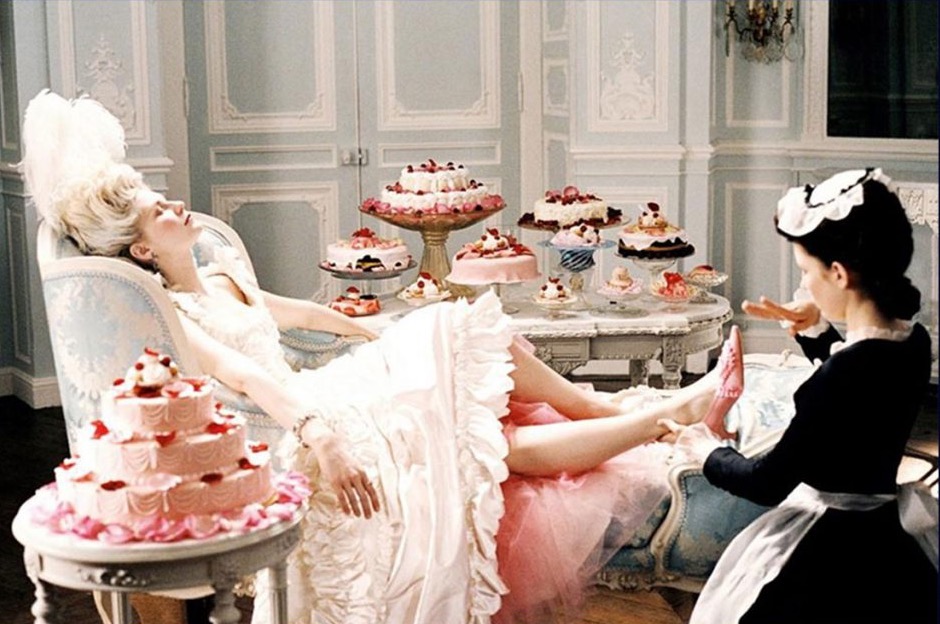 Since Sofia Coppola’s blockbuster movie Marie-Antoinette opened in 2006, influencers, politicians and fashionistas have focused on the queen’s unpredictable destiny as an allegory of contemporary events. One of the most recent examples appeared in Stephanie Grisham’s telltale biography of Melania Trump (2021), where the author described the former first lady as ‘The doomed French queen, Marie-Antoinette, “Dismissive. Defeated, Detached.” Similarly, at the 89th Oscar ceremonies in 2017, The New York Times critic A.O Scott qualified the host Jimmy Kimmel’s decision to flash the cameras on tourists in the audience as “a cringe-worthy moment of Marie Antoinette obtuseness — ah, look, little people!” Marie-Antoinette ‘moments’ have become a cipher for misreading cultural clues, but perhaps it’s time to reconsider this moniker from a new perspective? In the latest edition of our Surprising Stories series we highlight how several of the well-known stories about Marie-Antoinette can be reconsidered, offering new ways to imagine the queen and her legacy.
Since Sofia Coppola’s blockbuster movie Marie-Antoinette opened in 2006, influencers, politicians and fashionistas have focused on the queen’s unpredictable destiny as an allegory of contemporary events. One of the most recent examples appeared in Stephanie Grisham’s telltale biography of Melania Trump (2021), where the author described the former first lady as ‘The doomed French queen, Marie-Antoinette, “Dismissive. Defeated, Detached.” Similarly, at the 89th Oscar ceremonies in 2017, The New York Times critic A.O Scott qualified the host Jimmy Kimmel’s decision to flash the cameras on tourists in the audience as “a cringe-worthy moment of Marie Antoinette obtuseness — ah, look, little people!” Marie-Antoinette ‘moments’ have become a cipher for misreading cultural clues, but perhaps it’s time to reconsider this moniker from a new perspective? In the latest edition of our Surprising Stories series we highlight how several of the well-known stories about Marie-Antoinette can be reconsidered, offering new ways to imagine the queen and her legacy.
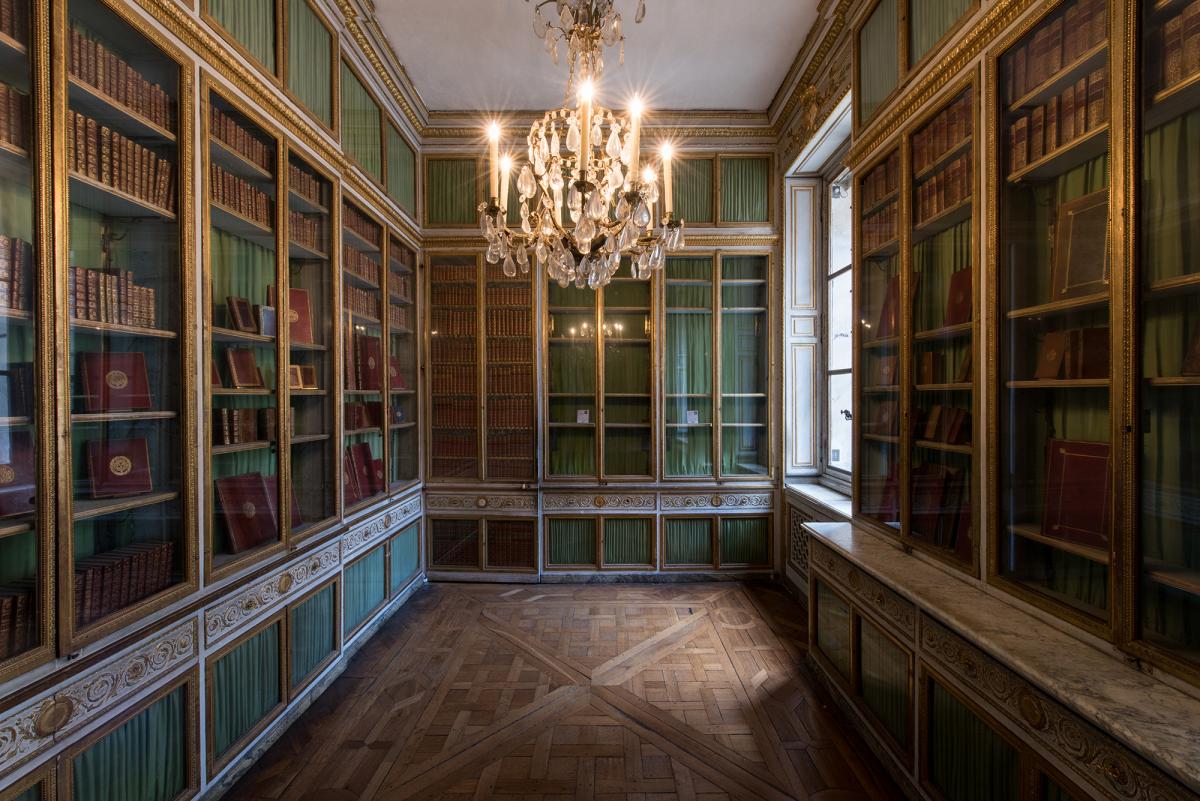
Queen’s Library at Versailles, Photo: Chateau de Versailles
An Uneducated Austrian Princess?
Born in Vienna, Austria, in 1755, Archduchess Marie Antoinette was the 15th child of Holy Roman Emperor Francis I and the powerful Habsburg Empress Maria Theresa. The future queen of France was neither uneducated nor unread. She spoke French, German and Italian and collected over 30,000 books in her three libraries at the châteaux of Versailles, the Petit Trianon, and the Tuileries Palace from 1770 until 1791.
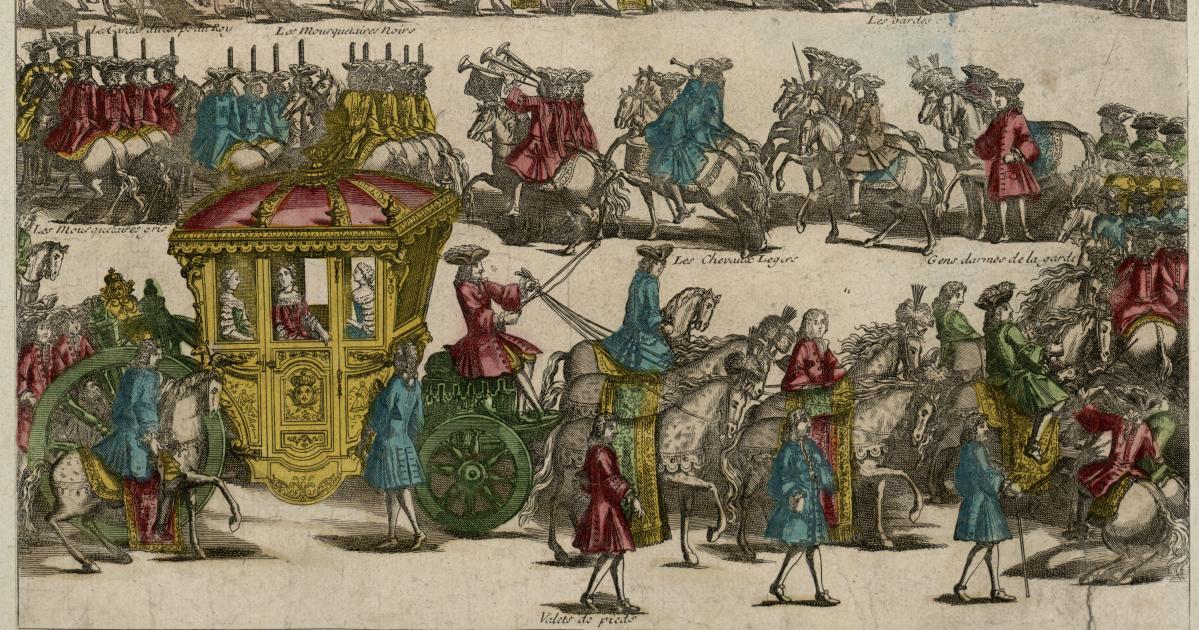
Marriage of Louis le dauphin and Marie-Antoinette. Chateau de Versailles
A (Naïve) Adolescent Bride?
Respectively aged 14 and 15 when they married in 1770, the future King and Queen of France were inexperienced in ways of love. This palace gossip soon circulated around Europe. The fault was attributed to the queen, fears that she would be a sterile threatening the stability of the French monarchy. Finally in 1777, her mother, Empress Maria-Theresa dispatched one of her sons, Emperor Joseph II, to Versailles to intervene. Whether it was thanks a surgery the now King Louis XVI underwent to correct the problem or, in the words of the emperor, that the couple had been “two complete blunderers,” the issue was rectified shortly after Joseph II’s visit. Within a year, Marie-Antoinette bore the first of the couple’s four children.

Marie-Antoinette Pastry from Verlet
“Let Them Eat Cake”… or Not?
When told that starving French peasants had no bread to eat, the queen is alleged to have callously declared, “Let them eat cake!” However, there is no evidence that Marie-Antoinette ever uttered that famous quip. The phrase used to encapsulate the out-of-touch and indifferent royals first appeared years before Marie-Antoinette ever arrived in France and instead was used by philosopher Jean-Jacques Rousseau in his cryptic description of Marie-Therese, the Spanish princess who married King Louis XIV one hundred years earlier in 1660. Since the philosopher’s book was written in 1765, when Marie-Antoinette was just a nine-year-old girl, and had not even met the future King of France, let alone marry him, it was unimaginable that Marie-Antoinette she would have mentioned this phrase in in face of popular uprising at a moment when her own sovereignty and that of her children was in danger.
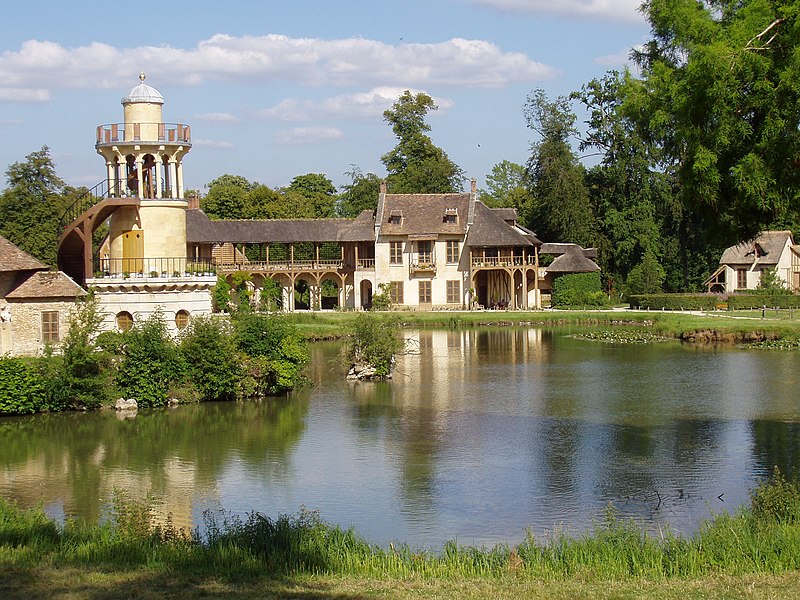
Hameau de la Reine at Versailles, Daderot / CC
The Hameau de la Reine: A Frivolous Escape or a Model Farm?
The queen’s patronage of the Hameau de la Reine, a fake village of 12 farmhouses strategically arranged around an artificial lake, has long been considered a kitschy backdrop for Marie-Antoinette’s most extravagant performances of privilege. The queen’s hameau is the epitome of a Marie-Antoinette moment, the queen allegedly “misunderstood” that her subjects could not taste delicious cheeses nor experiences of the pleasures of landscape that she enjoyed there. Is this the only interpretation of the queen’s Hameau? Or, can we imagine a young and enterprising queen, seizing on her garden to launch an impressive campaign to increase her popularity, educate her children, and prioritize French agronomy and husbandry? The queen’s working farm demonstrated that she endorsed modern agronomy so that her subjects could improve their own bounty.
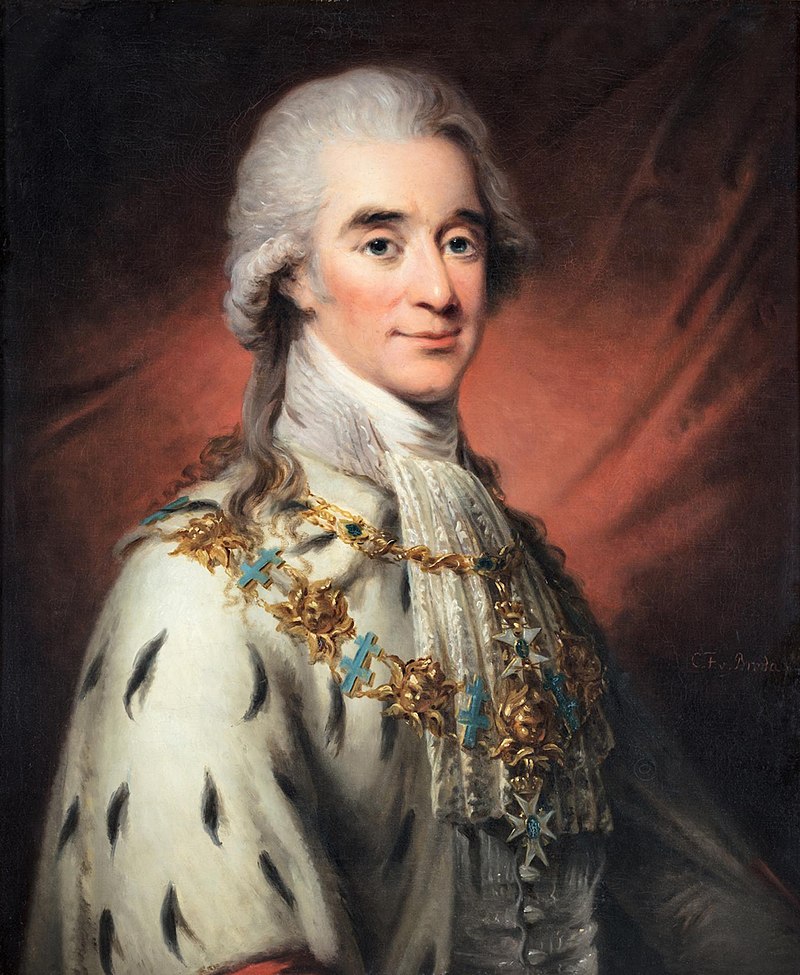
Hans Axel von Fersen by Carl Frederik von Breda
Axel von Fersen and the Libertine Queen?
Before she became queen, Marie-Antoinette met the dashing Axel von Fersen, a wealthy Swedish army officer, at a masked ball in Paris in 1774. The young officer became the queen’s most devoted supporter, and even tried to help her flee France, unsuccessfully, at the height of the French Revolution. Their letters, mostly dated from the 1790s, suggest they were lovers, certainly intimate friends. If their relationship was consummated at the Petit Trianon, or not, is a moot point, nonetheless, it is difficult to imagine that the queen, one of the most watched personages at court, lived a life of libertinage, especially after 1789, when she was focused on preserving the monarchy and assuring her children’s future.
Perhaps it is time to rethink Marie-Antoinette moments, turning to the historical record and the many examples of her extensive patronage to better understand the queen as sovereign, wife and mother before, during and after the French Revolution.
Learn more about life of Marie-Antoinette on one of our insider tours of Versailles, led by scholar and guide Susan Taylor-Leduc, author of the up-coming book Marie-Antoinette’s Legacy: The Politics of French Picturesque Garden Design, 1775-1867, Amsterdam University Press, 2022.

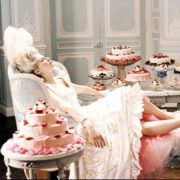

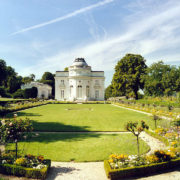
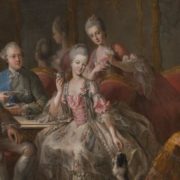

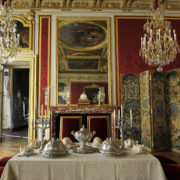
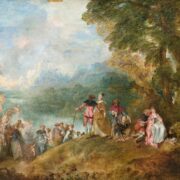


Leave a Reply
Want to join the discussion?Feel free to contribute!